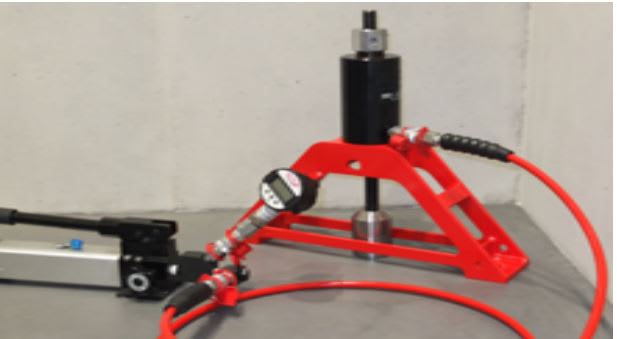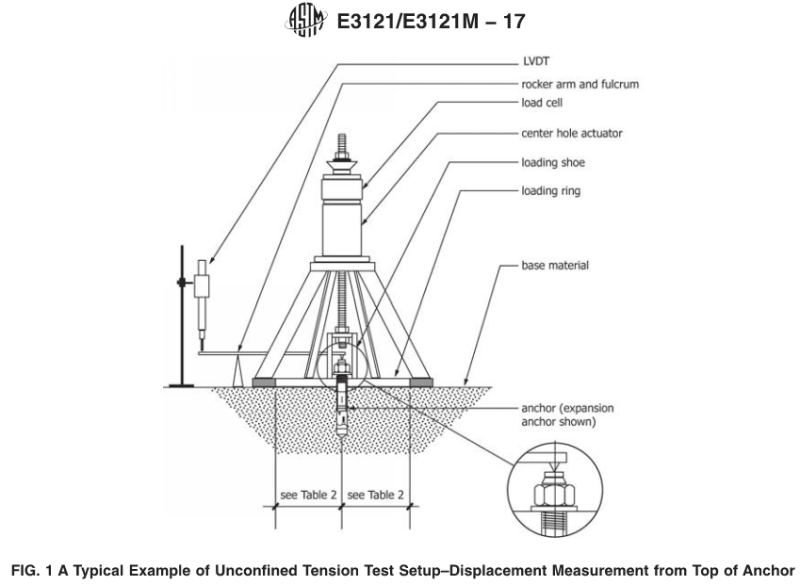Working on a project that is adding post-installed rebar into an existing foundation using epoxy. When the contractor was doing the drilling, he didn't get much resistance in the drill and suspected a void was present. They used a scope to check the holes and there were not any voids and the concrete looked sound. I recommended installing the anchors and conducting a pull test, if the pull test is good no other action is necessary.
I am on the edge about what to pull to and they are asking me what load to pull to. My initial reaction is the yield strength of the bar because that is what it is designed for, wanted to get other opinions because it is alot of load. The bars are #7 using Hilti RE 500.
I am on the edge about what to pull to and they are asking me what load to pull to. My initial reaction is the yield strength of the bar because that is what it is designed for, wanted to get other opinions because it is alot of load. The bars are #7 using Hilti RE 500.



